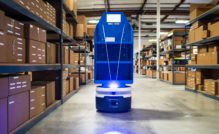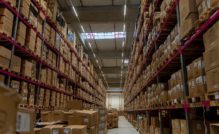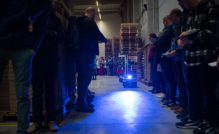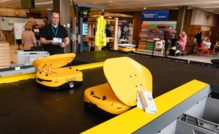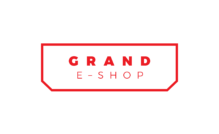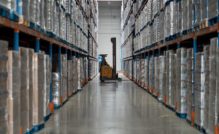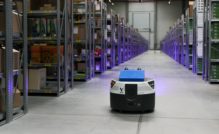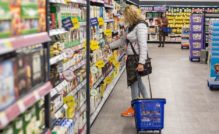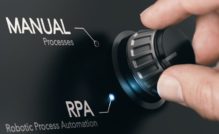AI increases sales in COOP Jednota Čadca

Customers behave differently in different stores, for different goods and on different days. Are brand new items on sale? Do you know how customers will react? Is there a holiday or world championship coming up? Can you tell how these events will translate into promotional merchandise sales? AI yes. It works with so much data at one time that no human could quickly or correctly evaluate today.
Sales are constantly evolving after they are launched, and artificial intelligence continuously monitors, evaluates and checks their correlation with market data. It takes into account customer behaviour and the effects of all possible factors, from the weather to the prices of other items.
AI
AI is already increasing sales at the stores of the Slovak retailer Coop Jednota Čadca. “We have been thinking about deploying AI to predict promotional sales for a long time. The results of Sluno’s proof of concept Promo Forecast AI convinced us to run a pilot at 10 stores. After six months, we evaluated it and decided to extend the use of AI to the entire sales network.”, comments Martin Janík, Vice-Chairman of the Board of Coop Jednota Čadca, on the progress of the AI deployment.

The first column shows the average increase in sales at the pilot stores. But more interestingly: the second column shows a 12.9% increase in sales at the 5 stores where they had to strictly follow the AI prediction and could not interfere with it in any way. A 9.1% increase in sales was achieved by stores that did not interfere with AI recommendations. And for comparison, the fourth column shows the increase in sales achieved by stores driven by other factors.
It is also an excellent tool for the retailer to negotiate prices with suppliers. It simulates how many goods will be sold and at what price. It can also simulate a discount and suggest the optimal option for negotiating with the supplier.
From proof of concept to automation
You can test the AI for sales forecasting on your own data. Since last year, it provides much more variability in input information. This is because not every customer has the same data on their promotions and sometimes some information is missing. It takes about 14 days to prepare the data.
After the data is poured into the system, preprocessing takes place. At this stage, errors and obvious nonsense caused by manual intervention or a wrong decimal point are removed. This is followed by the actual calculation, which gives a very clear answer as to what the demand for the goods will be. This demand can then be translated into the final order.
What goes back into the ERP system can be both demand: 1,548 pieces of yoghurt are sold during the fortnight, and an order: three days before the event we order 700 pieces, after five days another 300 pieces. The system also communicates information in the form of graphical outputs.
In the transition phase to pilot operation, when the system is already configured and stable, it is still in semi-automatic mode. One can manually intervene in the results. The interventions are then evaluated and if they are beneficial, further parameterisation takes place so that no further interventions are necessary.
The system reaches near-perfection with these modifications and switches to automatic mode, where no human intervention is needed and the know-how does not retire with the buyer, but stays with the company.

It will also solve the common question of retailers whether the event was successful. Thanks to an intuitive dashboard, the AI graphically evaluates how successful the events were. It also thinks about the amount of merchandise that physically fits on the store, whether on pallets or on shelves. It also solves price elasticity problems by looking at history and observing customer behavior during various discounts.
At least a year ago
How many units of a particular item were sold, at which outlet and at what price. These are input data that should be known at least a year in advance. No need for daily history, just data by week. The more data the AI gets, the better the resulting predictions.
But there is no need to think about what data is important and what is not. If the World Cup is on and you’re planning a toothpaste promotion, the algorithm will evaluate the information as useless and not use it.
It can also cope when something new appears on the market. It is no longer necessary, as with statistical methods, to determine the strength of a new regressor, whether it is 2% or 20%. It also takes into account what other goods are also on sale, how they are selling and whether there is synergy or cannibalism.
Find out exactly how the AI for predicting sales of goods in action works in this article.

